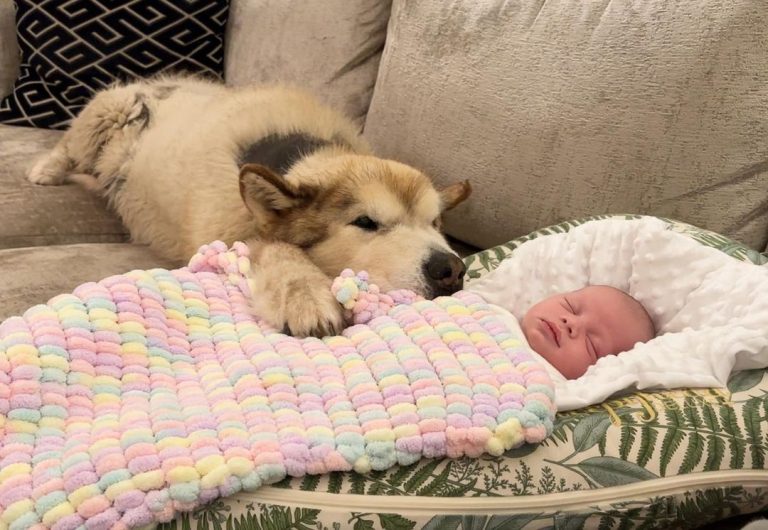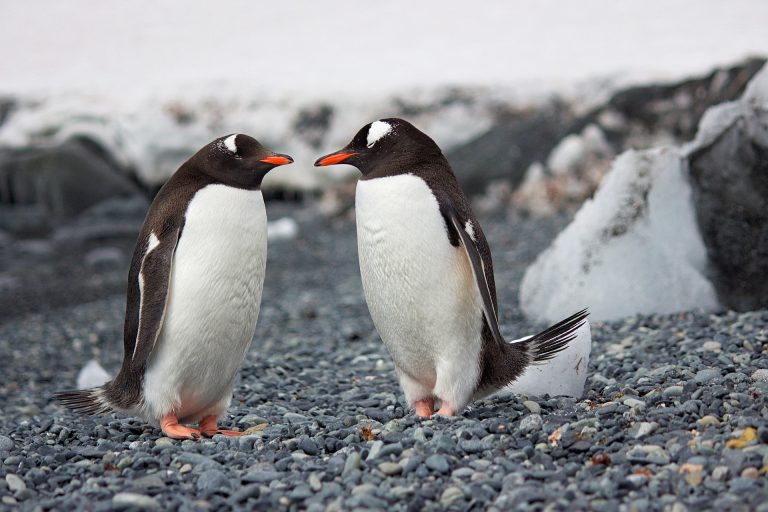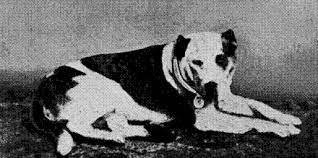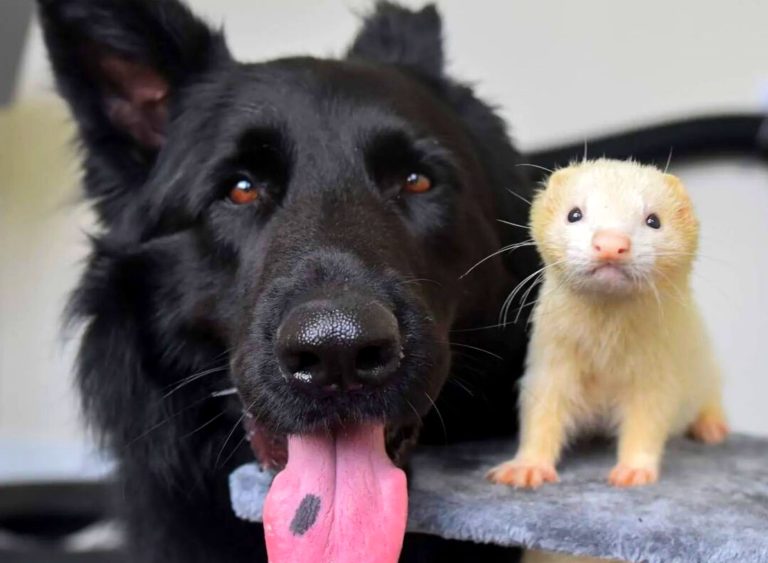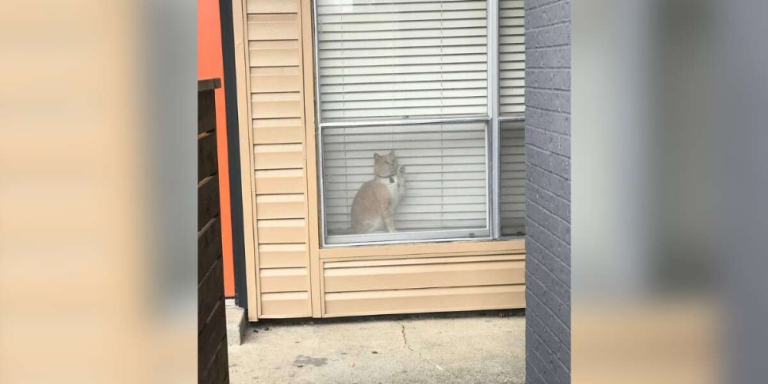Lindsay Oliver, the executive director of Global Animal Protection in the United States, talks about the sad car accident in Danville, Pennsylvania that killed 100 monkeys en route to a research center in Florida.
A truck transporting one hundred monkeys to a laboratory in Florida overturned near Danville, Pennsylvania on January 21, 2022. The monkeys, who had been transported in wooden cages, had been hurled off the van and were strewn over the road. There were arrows printed on the boxes to indicate which side should be shown prominently. I had the same problem with the delivery of my houseplants. When it comes to the treatment of monkeys, it’s important to remember that they’re not just another commodity but rather conscious individuals in their own right.

Animals may get exhausted, dehydrated, injured, and suffer from heat or cold stress during any kind of transportation. On this day, temperatures were just around freezing, and it is unknown how long these monkeys were left on the road.
The three monkeys who survived the accident were eventually arrested and murdered because they were considered a threat to public safety. Nonetheless, one may reasonably wonder why they posed a threat to public health after being apprehended since their deaths spared them from decades of anguish and suffering in a laboratory.

Because of the subzero temperatures, the monkeys spent a few hours in the trees, perhaps the first and only trees they had ever climbed. So how does it make them a worse threat to people’s health? When it comes to infectious diseases, how dangerous were these monkeys? Is there any plan for the ninety-seven survivors? This is the kind of thing laboratories would rather not have to answer.
One hundred monkeys endured a harrowing nineteen-hour trip from Mauritius to JFK, one of the main international airports authorizing the entry of wild animals, as cargo before the plane crashed. Monkeys are poached from the wild and reared in captivity on the island of Mauritius before being exported throughout the world for use in scientific research. Capturing an animal may be very stressful, and removing it from its natural environment can have devastating impacts on both the animal and the ecology.
READ MORE: When this dog meets his newborn brother, he immediately falls in love with him.
Once captive monkeys are brought into a laboratory setting, they are subjected to unimaginable psychological distress. They walk restlessly behind bars, bang their heads against the metal, and yank their hair out in despair. Here is where most laboratory monkeys will spend the remainder of their life, whether years or decades. My eyes have seen it.

Every day, I recall the monkeys I befriended while researching in primate laboratories. There are still some inhabitants, although the majority were eliminated for “scientific” purposes. Yet, this is not scientific. According to the NIH(National Center for Advancing Translational Sciences), as many as 95% of medications that have been shown safe and efficacious in animal studies fail in human clinical trials. Using animals in scientific study is futile.
My spirit is aching and my heart is breaking, and I can no longer take being a part of a culture that allows this to persist. We need to shift our focus from catching and using animals for research to developing human biology-based alternatives.
I hope this tragedy brings attention to the bigger question, what are we doing to animals?
Reference: Lindsay Oliver (@LindsayOliverTV) / Twitter
Sign up for our newsletter and become part of our animal protection community. With collective action, we can alter current paradigms and put an end to animal abuse and suffering. Forever.


